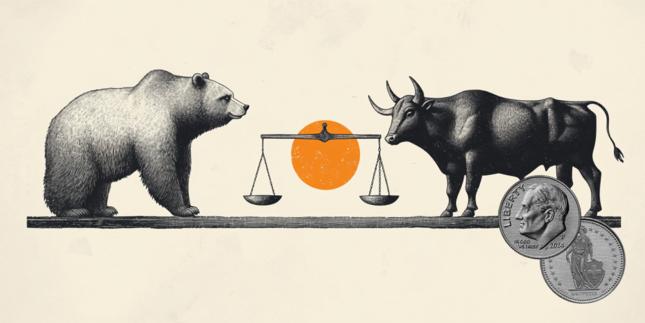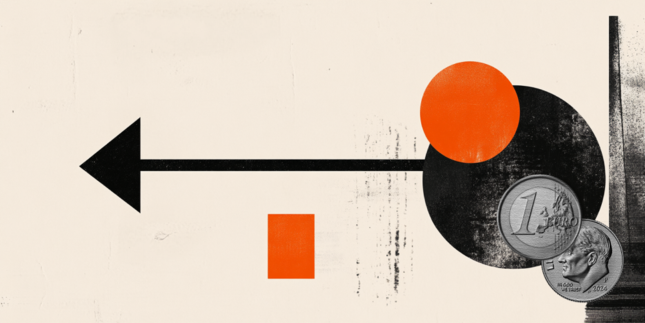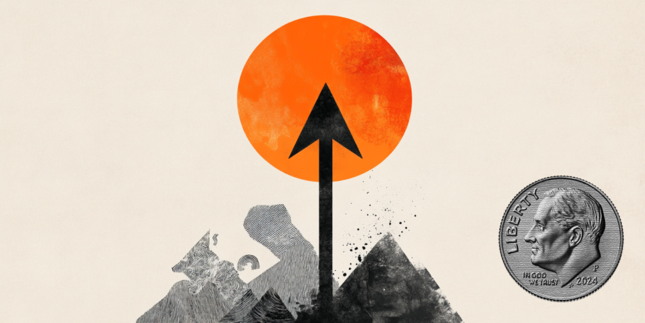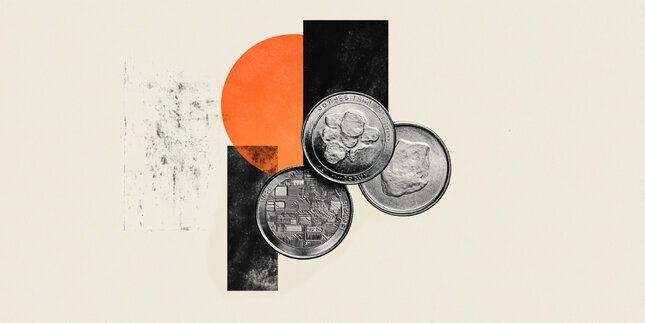USD/INR gains traction ahead of US Retail Sales release
- The Indian Rupee drifts lower in Thursday’s early European session.
- Higher oil prices and persistent outflows weigh on the INR, but weaker USD and RBI’s intervention might cap its downside.
- Investors await the US December Retail Sales and weekly Initial Jobless Claims releases on Thursday for fresh impetuses.
The Indian Rupee (INR) trades in negative territory on Thursday. A surge in crude oil prices exerts some selling pressure on the local currency as India relies on overseas suppliers for almost 90% of its oil consumption. Furthermore, continued outflows from foreign investors and concerns about India’s economic slowdown contribute to the INR’s downside.
However, the cooler-than-expected US inflation data raises the bet that the US Federal Reserve (Fed) could cut interest rates twice this year. This, in turn, could weigh on the US Dollar (USD) and support the INR. The routine intervention from the Reserve Bank of India (RBI) also helps limit the local currency’s losses. The Indian central bank has regularly intervened to prop up the currency, burning through almost $70bn of its foreign exchange reserves since they reached a record high of $705bn in September 2024. Investors brace for the US Retail Sales for December and weekly Initial Jobless Claims, which are due later on Thursday.
Indian Rupee remains fragile amid a rise in crude oil prices and foreign fund outflows
- India's economy is expected to become the fourth largest in the world by 2026, surpassing Japan, according to the PHDCCI on Wednesday. It projected the nation's GDP to grow 6.8% in the current financial year ending March and 7.7% in FY26.
- India’s trade deficit narrowed to $21.94 billion in December from $37.84 billion in November, led by a sharp decline in gold and oil import bills, data released by the Ministry of Commerce and Industry showed on Wednesday.
- The US Consumer Price Index (CPI) climbed 2.9% YoY in December, compared to 2.7% in November, according to the Bureau of Labor Statistics on Thursday. This reading came in line with market expectations.
- The US core CPI, which excludes volatile food and energy prices, rose 3.2% YoY in December, below the previous reading and the market consensus of 3.3%.
- According to the Fed’s Beige Book survey released on Wednesday, economic activity increased “slightly to moderately” across the US in late November and December, supported by strong holiday sales.
USD/INR paints a positive picture, overbought RSI warrants caution for bulls in the near term
The Indian Rupee weakens on the day. The bullish outlook of the USD/INR pair prevails as the price has formed higher highs and higher lows while holding above the key 100-day Exponential Moving Average (EMA) on the daily chart. Nonetheless, further consolidation cannot be ruled out in the near term as the 14-day Relative Strength Index (RSI) moves beyond the 70.00 mark. This suggests an overbought condition and warrants some caution for bulls.
The first upside barrier for USD/INR emerges at an all-time high of 86.69. Extended gains could see a rally to the 87.00 psychological level.
On the other hand, the initial downside target to watch is 86.12, the low of January 13. Any follow-through selling below this level could pave the way to 85.85, the low of January 10. The next contention level is seen at 85.65, the low of January 7.
RBI FAQs
The role of the Reserve Bank of India (RBI), in its own words, is "..to maintain price stability while keeping in mind the objective of growth.” This involves maintaining the inflation rate at a stable 4% level primarily using the tool of interest rates. The RBI also maintains the exchange rate at a level that will not cause excess volatility and problems for exporters and importers, since India’s economy is heavily reliant on foreign trade, especially Oil.
The RBI formally meets at six bi-monthly meetings a year to discuss its monetary policy and, if necessary, adjust interest rates. When inflation is too high (above its 4% target), the RBI will normally raise interest rates to deter borrowing and spending, which can support the Rupee (INR). If inflation falls too far below target, the RBI might cut rates to encourage more lending, which can be negative for INR.
Due to the importance of trade to the economy, the Reserve Bank of India (RBI) actively intervenes in FX markets to maintain the exchange rate within a limited range. It does this to ensure Indian importers and exporters are not exposed to unnecessary currency risk during periods of FX volatility. The RBI buys and sells Rupees in the spot market at key levels, and uses derivatives to hedge its positions.
Forex News
Keep up with the financial markets, know what's happening and what is affecting the markets with our latest market updates. Analyze market movers, trends and build your trading strategies accordingly.














